The ExoMars rover - named Rosalind Franklin after the British scientist known for her groundbreaking work on the structure of DNA - is tasked with a simple yet mind-blowing mission: to search for signs of life on the Red Planet.
During its time on Mars, Rosalind Franklin rover will drill into the surface of the Red Planet in search of bio-markers: amino acids and molecules that occur in the development of life.
In this way, it is tasked with largely the same mission as NASA's Perseverance rover.
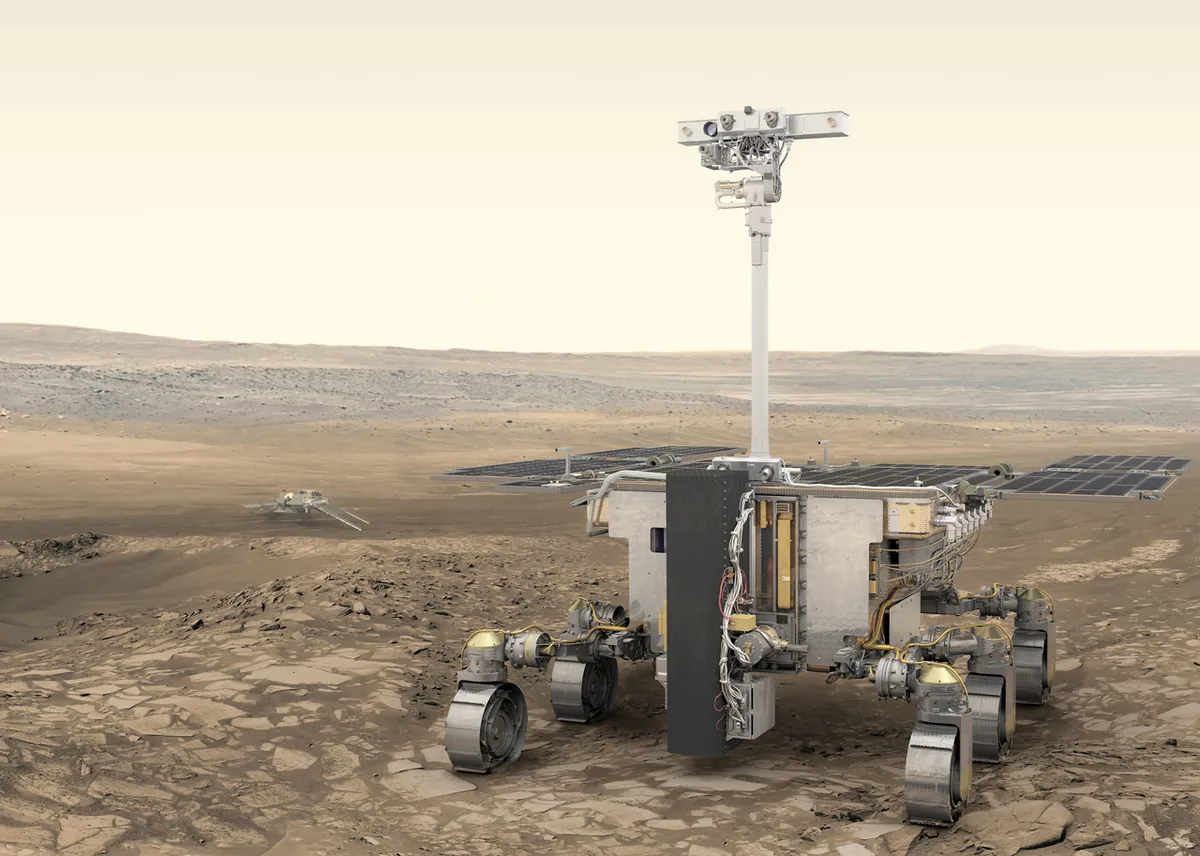
But how do you prepare a rover for such a task? How can the terrestrial environment serve as a dry run for the enormous challenge that is analysing rocks and other materials above and below the Martian terrain?
One way is by looking at Martian meteorites that have already fallen to Earth, and samples of Red Planet rocks housed in London's Natural History Museum meteorite collection are being used for that exact purpose.
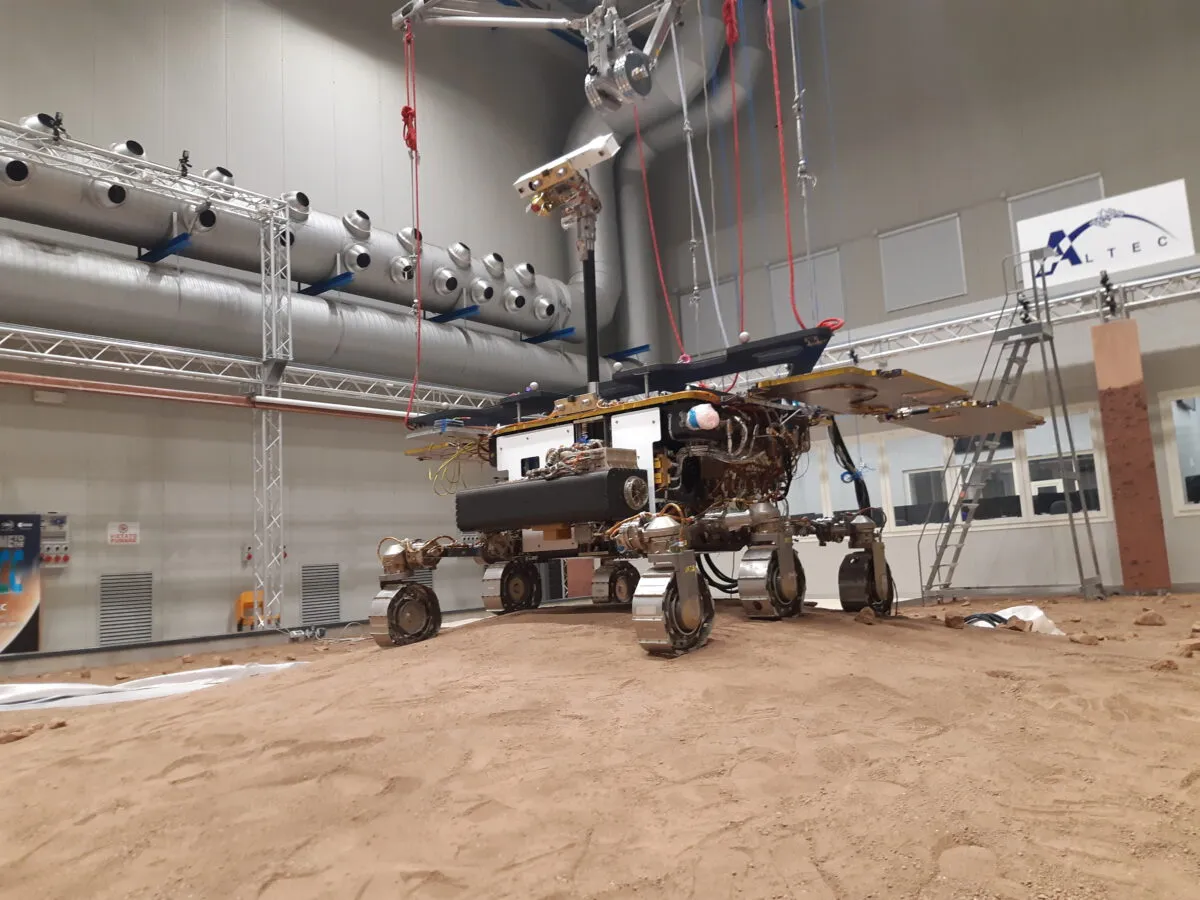
These Mars meteorites are being used to develop software that will enable the ExoMars 2022 rover to identify targets of interest on Mars.
Sara Motaghian is a planetary scientist and is part of science team behind the ExoMars rover's PanCam instrument at the Natural History Museum and Imperial College London.
We spoke to Sara to find out more about how these ancient rocks could unlock the secrets of Mars's history.

How can Mars meteorites in the Natural History Museum’s help the ExoMars rover?
London’s Natural History Museum houses one of the world’s best meteorite collections. There are over 2,000 meteorites with a variety of histories.
This gives us an amazing range of samples that mimic the samples we see on Mars, and the ones we’d love to find.
We have set up an ExoMars testing set at the museum with instruments that emulate those on the ExoMars 2022 rover: AUP3 (Aberystwyth University PanCam Emulator), ISEM-E (infrared spectrometer emulator) and HRC-E (high-resolution camera emulator).
These tests help us understand how these instruments function, which is imperative to maximising the science we can do once on Mars.
It allows us to develop software and best practices for use during the mission, which increases our chances of finding signs of life.
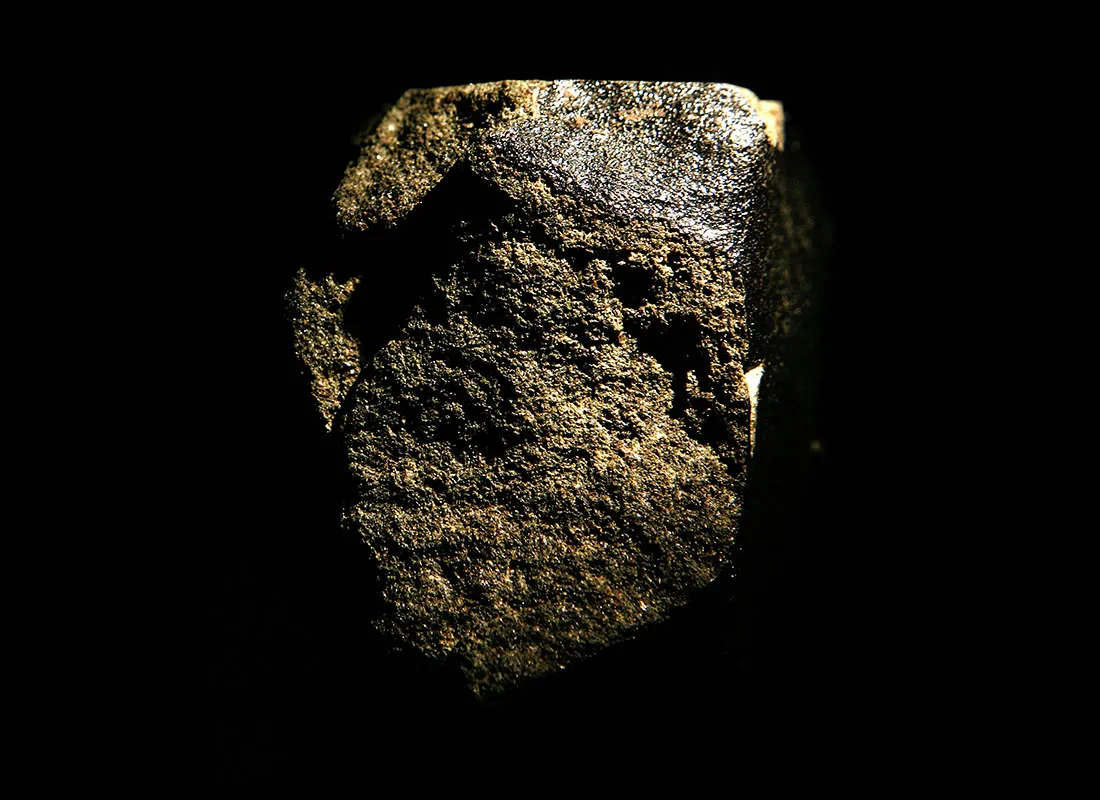
What will the ExoMars rover’s PanCam instrument do?
The PanCam filter set has been specifically designed to identify minerals of interest at the Oxia Planum, where the rover is due to land, which have high preservative qualities for biomarkers and organics.
Essentially, these are materials that give us the best chance of finding evidence of life locked away in the subsurface, below the harsh radiation barrier.
PanCam, HRC and ISEM will help us identify these locations for potential drilling on Mars.

What can ExoMars learn from meteorites that have fallen on Mars?
The meteorites found on Mars so far have mostly been iron meteorites.
From the chemical and physical weathering, we can gain information about the climate and weathering in the region throughout the past.
The size, abundance and distribution can help us infer information about the atmosphere and help improve our climate modelling for Mars through time.
We can also gain meteoritic information more generally by looking at how the atmosphere has fragmented the meteorites.
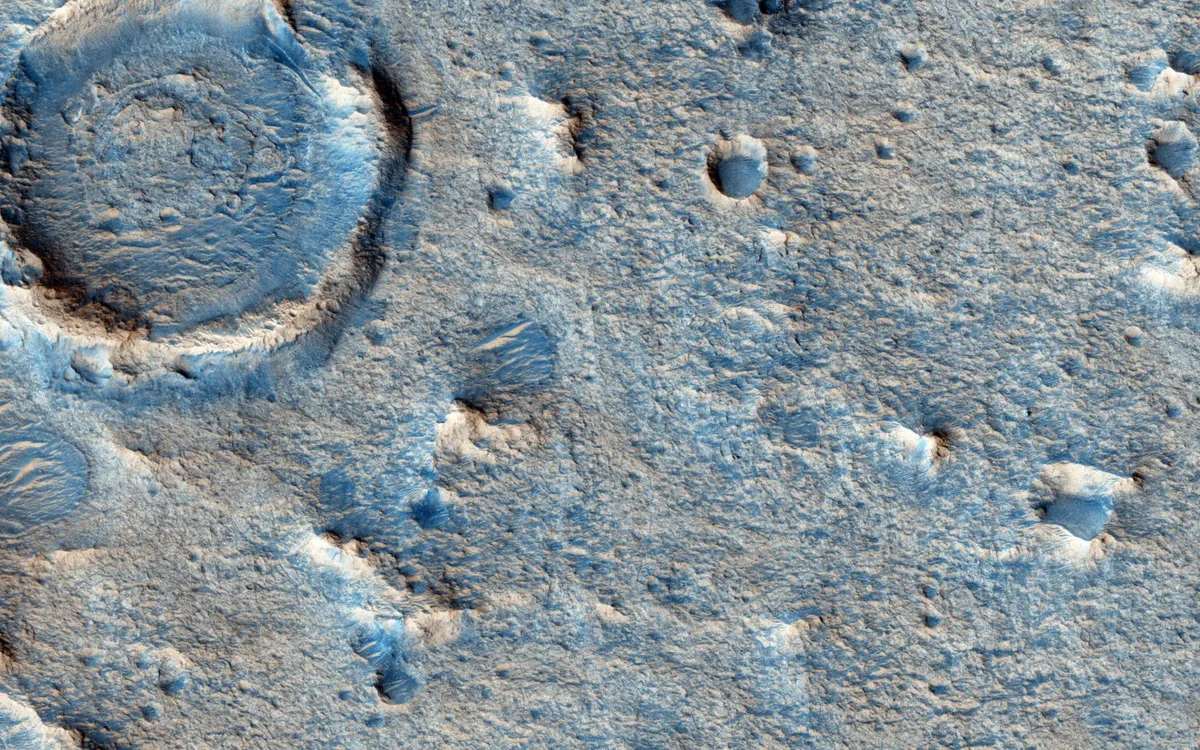
Could the study of meteorites on Mars help find history of life?
Absolutely. Chondritic meteorites on the surface of Mars are a potential delivery mechanism for carbon, hydrogen, nitrogen and amino acids to the surface (similar to some theories about Earth).
The interaction of these meteorites as they enter the atmosphere can also synthesise hydrogen cyanide (HCN), which is a precursor to amino and nucleic acids.
Chondritic meteorites weather in a very interesting way; they can weather from the inside out, leaving a shielded habitat on the inside with a lot of chemistry that’s perfect for microbes.
Researchers have even found chondrites in Australia’s Nullarbor Plain that have been used by microbial life on Earth as a new habitat.
These meteorites on Mars present many of the puzzle pieces required for life to evolve.
Indeed, locations with a high abundance of these falls could have great potential for life.
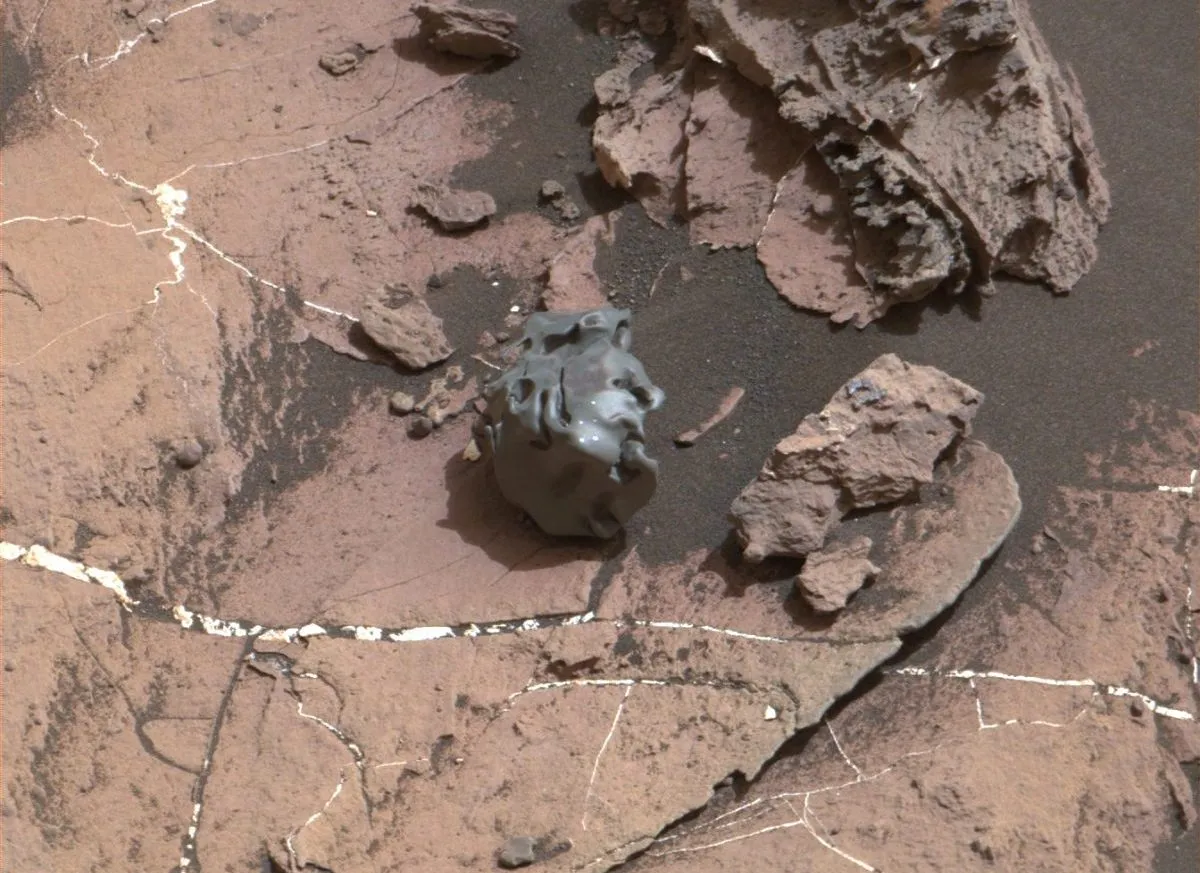
How does this work pave the way for future Mars rovers?
Currently, we have found about 55 candidate meteorites on Mars, 15 recognised officially by the Meteoritical Society. Of those, only three are potential chondrites.
So far, we haven’t had an extensive amount of time to study meteorites on the surface, as they have primarily been opportunistic targets.
With the automation of the spectral mapping and feature identification, we can identify these meteorites much more quickly, giving us sufficient time to study them before the rover moves on, hopefully giving us valuable insight.
With the next phase of Martian exploration – which will be sample return, we can build the case to attempt to return one of these meteorites to Earth in the future.
This article originally appeared in the March 2022 issue of BBC Sky at Night Magazine.
